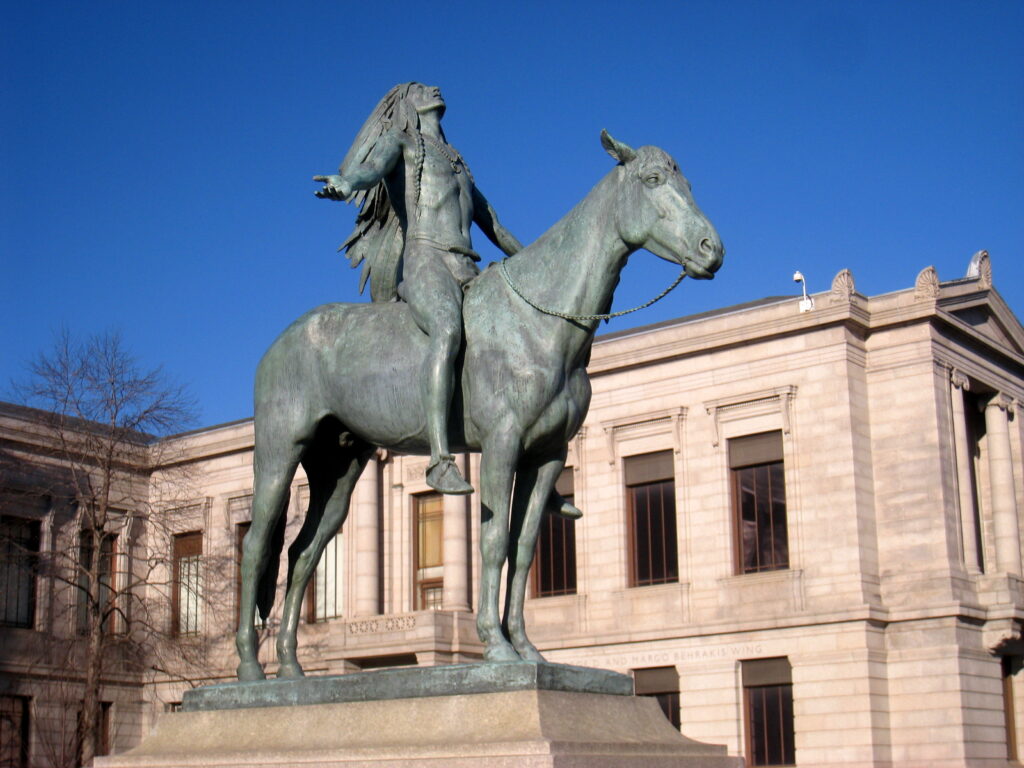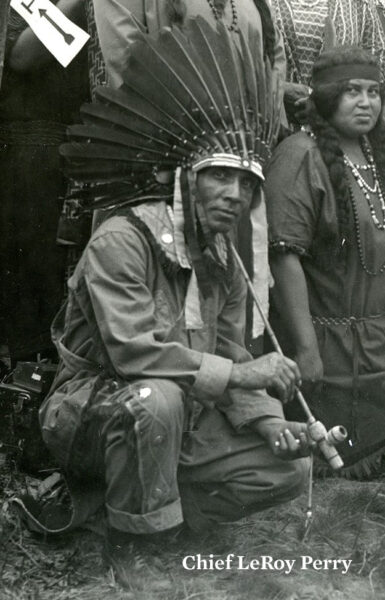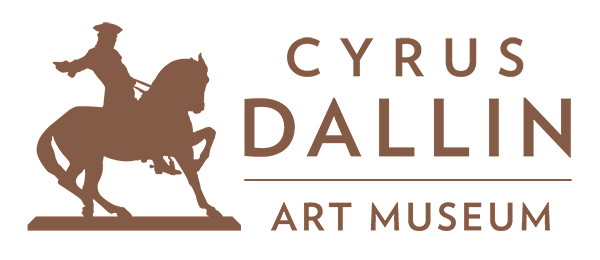Cyrus Dallin

Cyrus Dallin (1861-1944) was a celebrated Utah-born sculptor, educator, and Indigenous rights advocate who lived and worked in Arlington, Massachusetts for over 40 years. Dallin’s public sculptures honoring Indigenous peoples, Euro-American figures, and historical events bring beauty and a unique historical perspective to shared spaces across the nation, including Boston, Chicago, Philadelphia, Salt Lake City, and Kansas City.
Cyrus Dallin was born in Springville, Utah Territory, a small settlement of the Church of Jesus Christ of Latter-day Saints in the shadows of the Wasatch Mountains. Dallin’s talent for sculpting was recognized at an early age. In 1880, at the age of nineteen, he moved to Boston to study with sculptor Truman H. Bartlett. As a hub of art and culture, Boston offered many opportunities for an aspiring sculptor, and Dallin saw a future for himself there.

Just a few years into his studies, the youthful twenty-two year old shocked the Boston art scene when he entered and won a city-sponsored competition for a monument to Paul Revere. Despite this early success, it would take Dallin fifty-seven years and seven different models to complete the project and see the statue dedicated in Boston’s North End in 1940.
In the late 1880s and 1890s, Dallin engaged in two extended periods of study in Paris, where he trained in the Beaux-Arts style. News of Dallin’s accolades at the Paris Salon for Signal of Peace (Chicago, IL), Marquis de Lafayette, and Medicine Man (Philadelphia, PA) helped launch his career in the United States.
In 1891, Dallin married author and educator, Vittoria Colonna Murray. Around this time, he began working on a number of commissions for the Church of Jesus Christ of Latter-day Saints, including a monument to Brigham Young and the Angel Moroni, an iconic symbol of the Church that adorns temples across the globe. (Though Dallin’s family left the faith prior to his birth, the Church was supportive of his work.)
In 1900, the Dallins purchased a home in Arlington, Massachusetts where they raised three sons. The couple played key roles in the development of many Arlington institutions including Robbins Library and Arlington Friends of the Drama. Dallin’s masterful outdoor sculptures, Menotomy Hunter and Robbins Memorial Flagstaff, are beloved Town treasurers.

In 1900, Dallin became a member of the faculty at the Massachusetts Normal Art School (now Massachusetts College of Art and Design) in Boston. There, he earned the respect and admiration of the faculty and students, who called him “Cyrus the Great.” Dallin mentored a generation of Boston sculptors over his forty-year tenure at the school (many of those years as head of the sculpture department).

Dallin’s art encompassed a wide variety of subjects, but he is best known for his heroic-scale public tributes in honor of this land’s Indigenous peoples. His most recognized work in this genre is Appeal to the Great Spirit (1909), located in front of the Museum of Fine Arts in Boston, Mass. (For more on the complex legacy of Appeal, read our statement here.)
Dallin grew up in relationship with the Ute families who lived near the Springville settlement, and he maintained these relationships throughout his life. He had a deep respect for Native people, and he was profoundly disturbed by the crimes he witnessed being perpetrated against them by the United States Army. His sculptures of Indigenous people were intended as personal reflections on humans that he admired, and public commemorations of Indigenous resilience in the face of ongoing subjugation.

Dallin was a fierce critic of American Imperialism and a passionate advocate for the rights of Indigenous peoples. He sought out many opportunities to educate white audiences on the truth of history and their own “complacency and self-righteousness.” “We have dishonored ourselves, distorted facts, and turned the Indian from a friend to a foe,” said Dallin in a 1921 speech in Lowell, Mass. “Then we have fought him, with immeasurably superior numbers and arms…Never in the history of nations, in all probability, has there been so strong a race prejudice as subsists in the Anglo Saxons.”
In the 1920s and 30s, Dallin served as president of the Massachusetts Branch of the Eastern Association of Indian Affairs (EAIA). In this role, he partnered with allies and leaders of Indigenous Nations in the Southwest on efforts to protect land and water rights, improve access to healthcare and education, and preserve traditional arts. Indigenous leaders viewed him as a trusted ally and collaborator. In the 1920s, Dallin held the great honor of serving on the board of the Indigenous-led Algonquin Indian Council of New England. (For much more on Dallin’s advocacy, view “Sculpture for Justice.”)
Dallin died at his home in Arlington on November 14, 1944, a week shy of his 83rd birthday. He will be remembered as a kind and empathetic man who pioneered the role of the artist as an agent of change.

“Dr. Cyrus E. Dallin, a sculptor who has done more to perpetuate the red man in his characteristic poses as hunter, warrior, medicine man and at workmanship than any other living man – a true friend and one whom we honor and respect. Great is Dallin!”
LeRoy Perry (Aquinnah Wampanoag) Algonquin Indian Council of New England Board Member, 1925
Banner image Courtesy of the Boston Public Library, Leslie Jones Collection.
